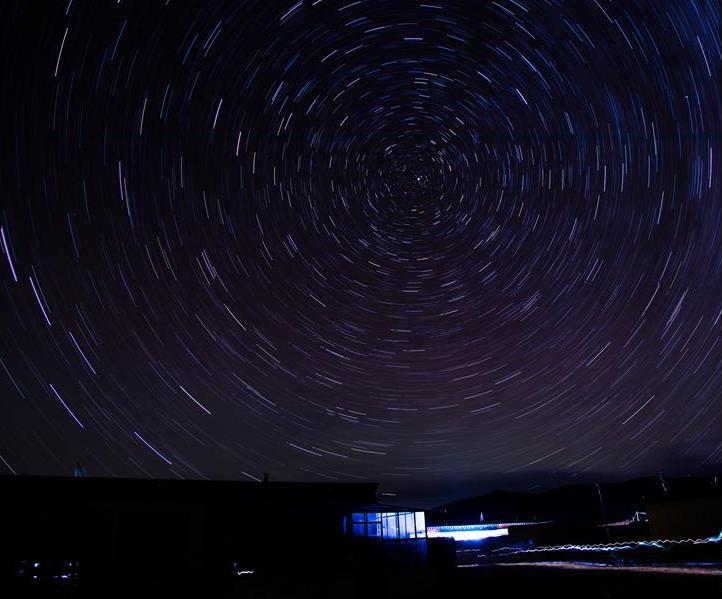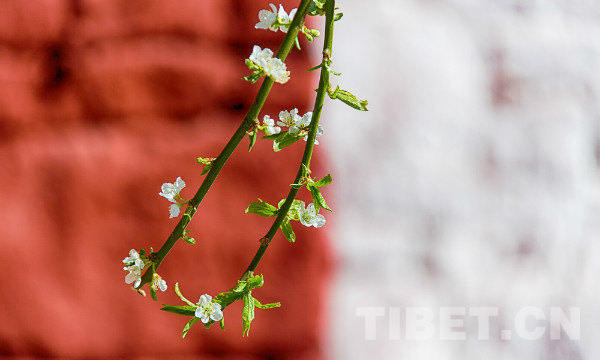Tibet reserves save skies from light pollution

The starry night sky can be seen at the China Conservation Area for Dark and Starry Sky in Ngari in the Tibet autonomous region. [Photo/Xinhua]
Two natural reserves in the Tibet autonomous region have been recognized for their conservation of dark skies.
The China Conservation Area for Dark and Starry Sky in Ngari and Nagchu were accredited by the International Union for Conservation of Nature this month for their efforts in combating light pollution and protecting dark skies, according to their operators.
It is the first time such reserves in China have been recognized by an international organization, according to the China Biodiversity Conservation and Green Development Foundation.
The International Dark-Sky Association, a U.S.-based group devoted to protecting the nighttime environment and dark skies globally, has certified more than 70 such places in the world, but until recently China had no certified conservation areas.
Ren Xiaodong, head of the starry sky committee of the China Biodiversity Conservation and Green Development Foundation, said starry skies were becoming increasingly rare because of increasing light pollution.
Light pollution has a major effect on nocturnal animals. It also affects humans' circadian rhythms, which are important in determining our sleeping and eating patterns, Ren said.
"The two reserves can also be used for astronomical observations, as light pollution in big cities has resulted in the deterioration of viewing conditions at some older observatories in Beijing and Nanjing," he said. "Many observatories have become educational facilities that promote popular science."
However, the protection of dark skies is still inadequate in China and there is no government institution for regulation and research in the sector, he said
"More efforts are needed to raise people's awareness of the importance of dark skies," he said.
The two conservation areas in Tibet were established jointly in 2016 by the foundation and the regional government. The reserve in Ngari stands 4,200 meters above sea level and has a planned area of 2,500 square kilometers, while the reserve in Nagchu is situated about 4,600 meters above sea level and has a planned area of 100 sq km.
"With its high altitude, little rain and light winds, the conditions for observation are better in Tibet than any other region," Ren said.
The two reserves can also be used to promote tourism development, but the scale should be moderate so they do not hurt the environment, he said.
The foundation is also actively working on building new dark sky reserves in other provinces and regions, including Zhejiang, Shanxi, Jiangsu and Sichuan provinces and the Inner Mongolia autonomous region, he said.
Your Comment
Name E-mailRelated News
-
;
-
-

-
Tibet's Nagqu and Ngari added to International Dark Sky Places
Nagqu and Ngari in Tibet have been included in International Dark Sky Places by the International Union for Conservation of Nature, the first time Chinese communities have been added to the international organization, reports Xinhua.
-
-
-

-
Tibetan vocabulary continues to expand
"WeChat," "Shared bike" and "high-speed rail" are among more than 10,000 new terms and words that have been added to the Tibetan vocabulary in China.
-
-
-

-
Tibet's disease database improved
Tibet has completed the screening of hydatid disease by the end of November, 2017. The disease database has been improved by adding rheumatism, AIDS, tuberculosis and other diseases to it.
-
Based in Lhasa, Tibet Vista is a Tibet travel agency that specialized in Tibet permit, and Tibet tours for both private and group travelers at a local price!
•4 Days Lhasa City Group Tour from USD 460 •8 Days Everest Base Camp Group Tour from USD 850 •15 Days Mt.Kailash Group Tour from USD 1780 •2016 Tibet Train Tours from Beijing, Shanghai, Chengdu, Xining,etc










